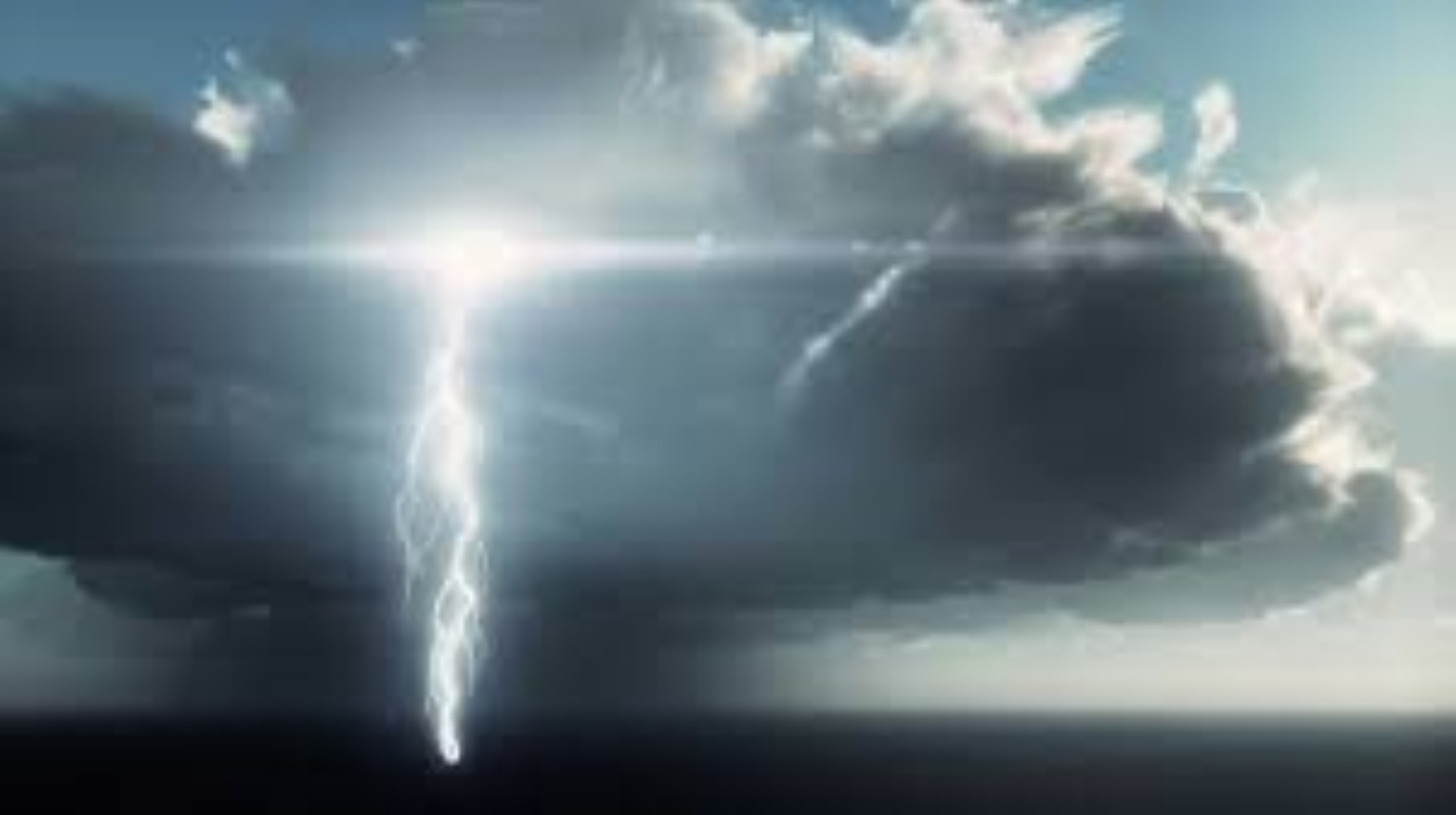Andrew Farrell was haunted by the horrible thought that one day lightning would strike the antique windmill. One of the mill’s timbers burst into steam as a bolt of heat five times hotter than the sun’s surface caused the moisture within to explode. And then what if the 160-year-old structure caught fire? Most concerningly, he couldn’t get rid of the idea that, due to climate change, the likelihood of this nightmare might be increasing with each passing year.
Thus, Farrell of the Broads Authority, a British government agency, made the decision to equip Mutton’s Mill, a 19th-century windmill situated on the Norfolk Broads, an expansive, level wetland area in eastern England, with a lightning-protection system.
According to Farrell, “These mills stand out as perfect conductors into the sky.” A unique waterwheel that was formerly utilized to empty the nearby marshes for farming may be found inside Mutton’s Mill. The mill, with its sails included, is a 23-meter-tall historically significant structure that is protected. In recent years, thousands have been spent on its restoration.
The four sail arms of the mill now have hooked conducting rods attached to their tips, ready to capture an enraged lightning strike and send it harmlessly down to rods hidden in the adjacent marsh. Farrell is optimistic that this will help preserve the iconic building. “You know, if it gets struck, it’ll probably scare the bejesus out of the owl that hangs out up there,” he continues.
The air can store roughly 7% extra moisture for each degree of atmospheric warming, according to the UK’s Royal Meteorological Society. The Society continues, “Warmer, wetter air increases the likelihood of thunderstorms and lightning strikes.” Anecdotally, according to Farrell, he has already observed an increase in electrical storm activity in Norfolk. The amount to which the frequency of lightning might rise globally is still a mystery to scientists. However, businesses are already taking the threat seriously and are taking covert action to defend vital infrastructure and buildings from attacks in the future.
According to information gleaned from internet documents, Scottish Water is one of the organizations assessing the hazards at this time. The company has considered the possibility that lightning strikes at biogas sites may become more frequent, which might endanger employees or members of the public. For its part, the International Civil Aviation Organization has thought about the likelihood that more frequent lightning strikes could interfere with flight plans, damage aircraft, or disable radar towers. In a presentation document, Network Rail in the UK also addresses the danger to electrical and signal equipment aboard trains.
The organization that looks after Wales’ and England’s high-voltage power network, National Grid Electricity Transmission, also stated in a 2021 report that it has already accumulated “evidence that lightning strikes around our assets are increasing in some areas.” According to the research, “consideration of the impact of increased lightning will be required in the future,” even if the system is currently rather resilient.
Lightning is also important to the US Department of Defense, according to Caroline Baxter, a senior consultant at the Council on Strategic Risks. “The risk that military installations face from the effects of climate change—including things like lightning—has gone underappreciated,” the speaker claims, pointing out that some states that are particularly prone to lightning, like Louisiana and Georgia, also happen to be home to significant military bases.







